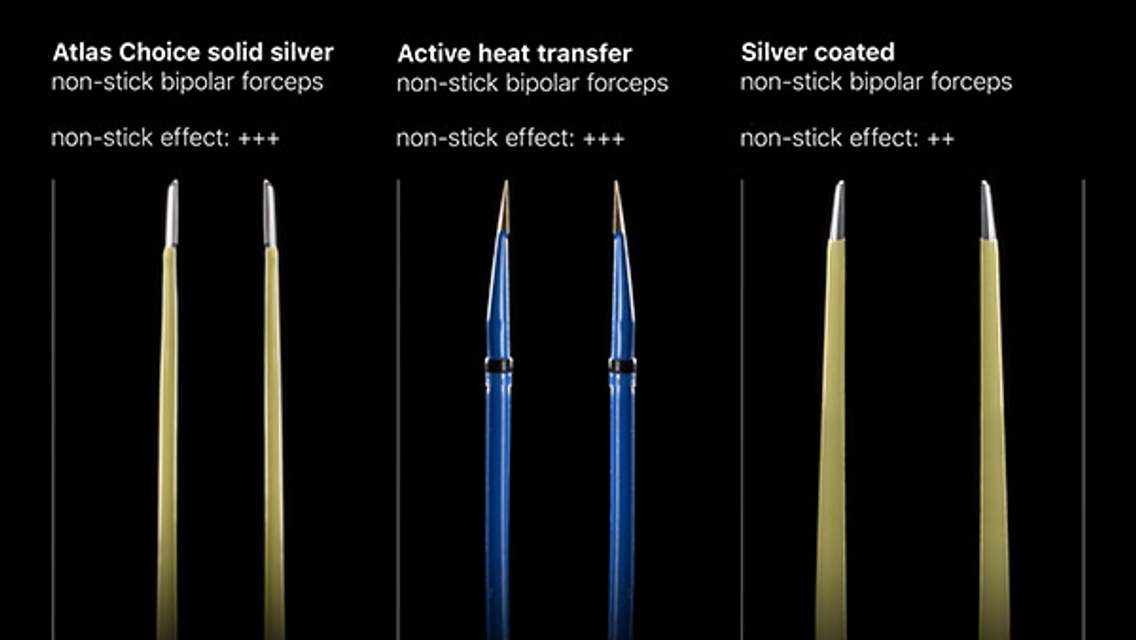Trending Articles: November 2021
What follows is a collaborative effort between The Neurosurgical Atlas and leading publishers of neurosurgical literature to provide you with a concise list of newly released articles that are most frequently accessed. Participating journals are listed in alphabetical order with a quick navigation link available in the table below.
 |
 |
 |
 |
WORLD NEUROSURGERY Editor's Choice
Partnership with the WORLD NEUROSURGERY journal took a different form such that the Editor's choice articles will instead be presented and given free access for 1 year from publication. A quick navigation link is available in the table below.
 |
JOURNAL OF NEUROSURGERY
- External Validation of the Lawton Brainstem Cavernous Malformation Grading System in a Cohort of 277 Microsurgical Patients
- Resection of Supplementary Motor Area Gliomas: Revisiting Supplementary Motor Syndrome and the Role of the Frontal Aslant Tract
- Frameless Neuronavigation With Computer Vision and Real-Time Tracking for Bedside External Ventricular Drain Placement: A Cadaveric Study
- 5-Aminolevulinic Acid for Enhanced Surgical Visualization of High-Grade Gliomas: A Prospective, Multicenter Study
- Differentiation of Chiari Malformation Type 1 and Spontaneous Intracranial Hypotension Using Objective Measurements of Midbrain Sagging
- The Woven EndoBridge (WEB) Device: Feasibility, Techniques, and Outcomes After FDA Approval
- Evaluation of Early Postoperative Day 1 Discharge After Endoscopic Endonasal Pituitary Adenoma Resection
- Visual Deterioration After Endonasal Endoscopic Skull Base Surgery: Causes, Treatments, and Outcomes
- Aneurysm Presence at the Anterior Communicating Artery Bifurcation Is Associated With Caliber Tapering of the A1 Segment
- The Neurosurgical Management of Sinonasal Malignancies Involving the Anterior Skull Base: A 28-Year Experience at The MD Anderson Cancer Center
JOURNAL OF NEUROSURGERY: PEDIATRICS
- Quality of Life and Satisfaction in Surgical Versus Conservative Treatment of Nonsyndromic Children With Craniosynostosis
- New Interinstitutional, Multimodal Presurgical Evaluation Protocol Associated With Improved Seizure Freedom for Poorly Defined Cases of Focal Epilepsy in Children
- Does Ventricle Size Contribute to Cognitive Outcomes in Posthemorrhagic Hydrocephalus? Role of Early Definitive Intervention
- The Impact of Helmet Use on Neurosurgical Care and Outcomes After Pediatric All-Terrain Vehicle and Dirt Bike Crashes: A 10-Year Single-Center Experience
- Genomic Approaches to Improve the Clinical Diagnosis and Management of Patients With Congenital Hydrocephalus
- Rate of Craniometric Change Following Suture Release in Patients With Metopic and Sagittal Craniosynostosis
- Intracranial Neuromodulation With Deep Brain Stimulation and Responsive Neurostimulation in Children With Drug-Resistant Epilepsy: A Systematic Review
- Absence of the RNF213 p.R4810K Variant May Indicate a Severe Form of Pediatric Moyamoya Disease in Japanese Patients
- A Survival Analysis of Ventricular Access Devices for Delivery of Cerliponase Alfa
- Determination of the Normal Conus Medullaris Level in Term Infants: The Role of MRI in Early Infancy
JOURNAL OF NEUROSURGERY: SPINE
- Patient Complaints in the Postoperative Period Following Spine Surgery
- Utility of Intraoperative Neuromonitoring and Outcomes of Neurological Complication in Lower Cervical and Upper Thoracic Posterior-Based Three-Column Osteotomies for Cervical Deformity
- Revision Surgery Following Minimally Invasive Decompression for Lumbar Spinal Stenosis With and Without Stable Degenerative Spondylolisthesis: A 5- to 15-year Reoperation Survival Analysis
- Clinical Accuracy and Initial Experience With Augmented Reality–Assisted Pedicle Screw Placement: The First 205 Screws
- Clinical and Radiographic Characteristics of Sacral Arteriovenous Fistulas: A Multicenter Experience
- Predictors of Functional Recovery Following Surgery for Foot Drop Due to Degenerative Lumbar Disease
- Evaluating Stability of the Craniovertebral Junction After Unilateral C1 Lateral Mass Resection: Implications for the Direct Lateral Approach
- Novel Wrapping Surgery for Symptomatic Sacral Perineural Cysts
- Yoga as an Adjunctive Treatment for Nonoperative Low-Back Pain
- Flexible Thecoscopy for Extensive Spinal Arachnoiditis
NEUROSURGERY
- Guidelines for the Management of Severe Traumatic Brain Injury: 2020 Update of the Decompressive Craniectomy Recommendations
- Letter: Guidelines for the Management of Severe Traumatic Brain Injury, Fourth Edition
- Guidelines for the Management of Pediatric Severe Traumatic Brain Injury, Third Edition: Update of the Brain Trauma Foundation Guidelines, Executive Summary
- Amygdala and Hypothalamus: Historical Overview With Focus on Aggression
- Syndrome of the Trephined: A Systematic Review
- Overview of Mechanical Thrombectomy Techniques
- Central Nervous System Plasticity Influences Language and Cognitive Recovery in Adult Glioma
- Effectiveness of Surgical Decompression in Patients With Degenerative Cervical Myelopathy: Results of the Canadian Prospective Multicenter Study
- Prevention of Surgical Site Infection in Spine Surgery
- The Hydrogel Endovascular Aneurysm Treatment Trial (HEAT): A Randomized Controlled Trial of the Second-Generation Hydrogel Coil
OPERATIVE NEUROSURGERY
- Posterior Cervical Decompression and Instrumented Fusion for Cervical Spondylotic Myelopathy: 2-Dimensional Operative Video
- Essential Neurosurgery for Medical Students: Spine
- Essential Neurosurgery for Medical Students: The Neurological Examination
- Cerebral Bypass for Aneurysms in the Era of Flow Diversion: Single-Surgeon Case Series
- Introduction: What is Neurosurgery?
- Essential Neurosurgery for Medical Students: Trauma
- Essential Neurosurgery for Medical Students: Vascular
- Essential Neurosurgery for Medical Students: Tumor
- Estimating the Risk of Deep Brain Stimulation in the Modern Era: 2008 to 2020
- Neurosurgical Physiology and Neurocritical Management of the Acute Neurosurgical Patient
WORLD NEUROSURGERY
- The Difference Between Preoperative and Postoperative Pituitary Stalk Deviation Angles Can Predict Delayed Hyponatremia After Transsphenoidal Surgery
- The Clinical Use of Serum Biomarkers in Traumatic Brain Injury: A Systematic Review Stratified by Injury Severity
- Patient Satisfaction Following Minimally Invasive and Open Surgeries for Adult Spinal Deformity
- Socioeconomic Inequities in the Surgical Management of Moyamoya Disease
- First American College of Surgeons National Surgical Quality Improvement Program Report From a Low-Middle-Income Country: A 1-Year Outcome Analysis of Neurosurgical Cases
- The Light at the End of the Tunnel: Neurosurgery Education During COVID
Please login to post a comment.













